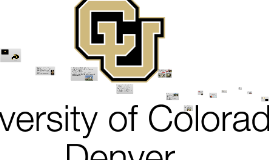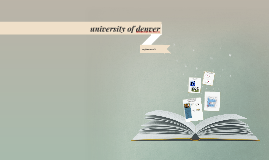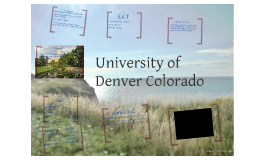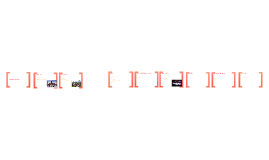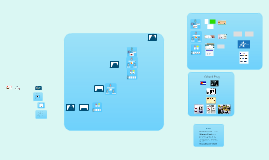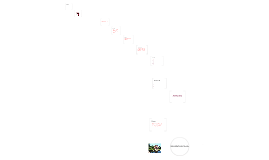University of Denver
Transcript: Incoming students:English: 4 required , 4 recommended Foreign language : 1 required , 3 recommended History : 1 required , 1 recommended Lab : 2 recommended Math: 4 required , 4 recommended Science : 3 required , 3 recommended Social studies : 2 required , 2 recommended Academic electives : 1 required , 1 recommended Total : 16 required , 20 recommended GPA:3.3 Interesting facts established in 1912 Located in downtown denver 1,294 students in freshmen class special apartemnts from single students and for married students requirements: english 4 required, 4 recommended foreign language: 3 required, 3 recommended history: 1 required, 1 recommended lab: 2 required, 2 recommended math: 4 required, 4 recommended social studies: 3 required, 3 recommended total: 17 required, 17 recommended required GPA: 3.5 facts: Offering approximately 3,600 courses in 150 fields of study, in arts and sciences, business, education, engineering, environmental design, journalism, law, and music Seventy-eight degree programs at the bachelor’s level, 56 at the master’s level, and 53 at the doctoral level Compare and contrast Similarities: both University of Denver and University of Colorado have the same school colors both universities are located in Colorado I'm more interested in University of Colorado Denver because 1)its closer to home 2)it's in downtown Denver 3) it has a smaller ratio of students CU Boulder location:Boulder Regent Administration Center, Room 125 Boulder, CO 80309-0552 colors:black and gold type of school: university enrollment: 32,558 mascot:buffalo Tuition in state: $8,741 room and board:fall and spring semester-$6890 book fees:$1,698 interesting fact:One of the nation’s top public urban research universities University of Denver University of Colorado Boulder tuition in state: $7,672 room and board: 12,258 interesting fact: the largest contributor to the university of Colorado's 5.3 billion in overall economic impact on the state of Colorado in physical year 2011/2012 University of Colorado Denver Location: 1380 Lawrence Street Suite 1450 Denver, CO 80202-1721 school Colors:black and gold mascot:Milo, the CU Denver Lynx mascot type of school:university Differences: University of Denver tuition:$8,741 University of Colorado Boulder tuition:$7,672 Campus setting (University of Colorado Denver: Downtown Denver Campus setting (university of Colorado Boulder):urban Boulder Student faculty ratio (university of Colorado Denver)-15:1 Student faculty ratio (university of Colorado Boulder)- 19:1 Size (university of Colorado Denver): 126 acres Size (university of Colorado Denver):600 acres VS.






